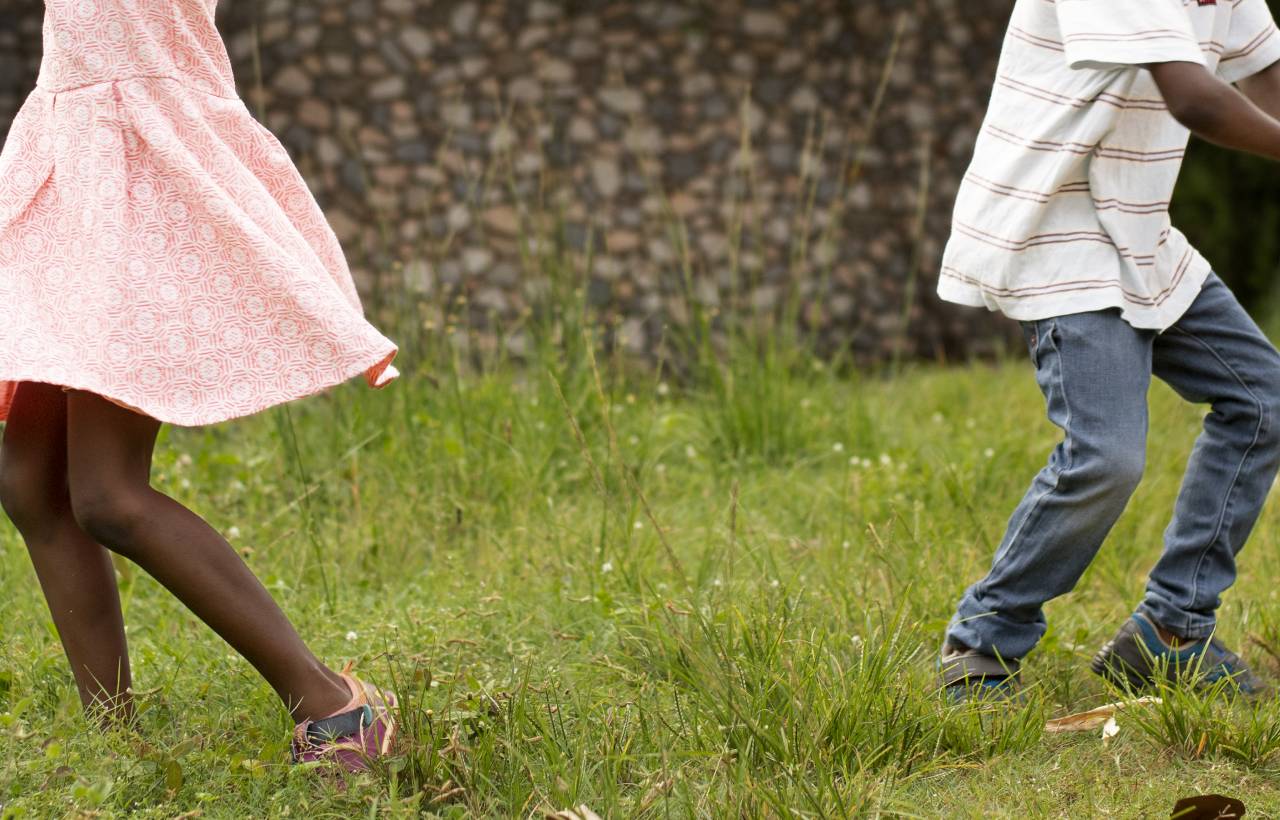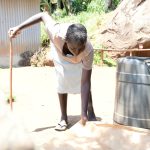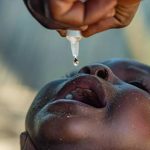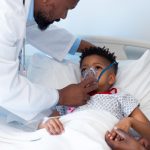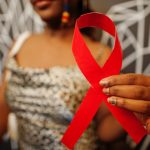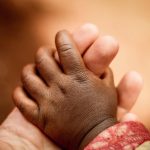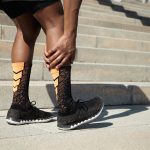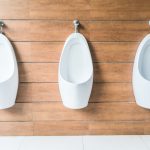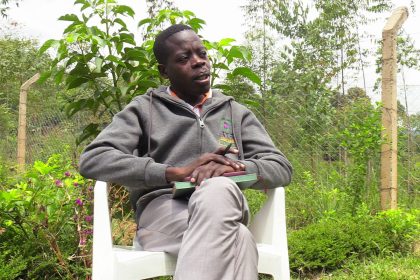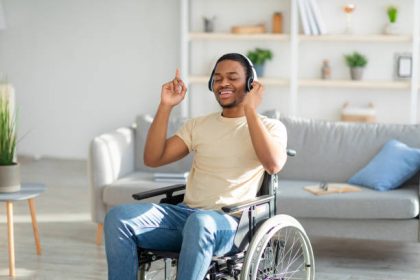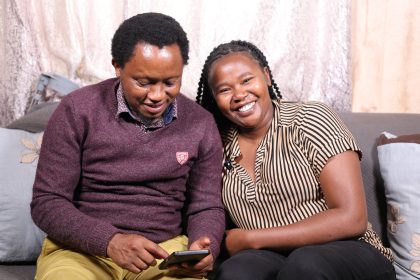Being intersex is not an ‘urgent disease’, and Dr Kamau Koigi advises parents not to rush into reconstructive surgery
Phresha Kagonya Musamula delivered a healthy baby at Kenyatta National Hospital (KNH) in Nairobi in June 2000. Little did she know that the birth of her sixth-born would change her life forever: Her newborn had both male and female organs.
Intersex individuals later suffer identity crisis, discrimination in education, socialisation, accessing financial services and obtaining identity documents like National IDs and passports.
When arrested, cops are unsure whether to hold up intersex suspects in male or female cells.
Phresha named the child Diana Aliyo and chose to raise her as a girl. But the child’s father, gripped by fear and superstition, rejected them both. And asked her to leave.
Diana, now 24 and going by the name Dalton, told Willow Health that “in our culture, it is believed if someone gives birth to an intersex child, they must have been involved in extramarital affairs. So my dad cut us off. My mum was left with no one to fight for her.”
Phresha left her five older children with her hubby and moved out. Cruel whispers followed. Friends urged her to abandon Diana, claiming intersex children bring curses. Others advised that she kill the child.
But Phresha fled to Nairobi, where her sister lived. But her hubby wouldn’t accommodate the mother and her ‘strange child.’ She became a street mother, doing menial jobs until she could afford a small rental house.
School time came. Phresha instructed Diana to keep her condition secret, and she did her best to fit in with her school tunic. But one day, she arrived late to class. A suspicious teacher began questioning her, leading to an inspection at the staffroom, where Diana stood atop a table as more teachers gawked.
The head-teacher later issued an expulsion letter and declared her condition a “threat” to other girls.
Phresha moved her to another school. There, Diana noticed her classmates were becoming more feminine while her voice deepened.
“I was discriminated against a lot. I was secluded. I felt lost. I asked my mum so many questions, but she did not have answers. I believed one day I would experience periods and finally become a woman like all my friends. I was bullied. I became a loner. Some parents stopped their kids from playing with me,” Dalton recalled.
Her Kenya Certificate of Primary Education (KCPE) results came out under the name Diana. But her body was a man’s, and she changed names from Diana to Dalton.
“I started dressing like a boy and sounding like a boy. My mum insisted I should attend a girls’ high school. She bought pads, dresses, and school supplies, but I refused,” says Dalton. “I repeated school in a boys’ school with my new identity.”
But Dalton did not belong. He had to hide when taking showers, raising suspicion among classmates and teachers, and eventually, I was expelled from that school. That is how my education abruptly ended,” and with few choices, he asked his mother for capital to start a small business.
Dalton is one of the 1,534 recorded intersex persons in Kenya according to the 2019 Census, though the actual number could be higher.
Nairobi leads with 245 intersex persons, Kiambu comes second with 145, and Lamu and Tana River are last with four and three, respectively.
But how does this condition occur?
Well, Dr Paul Kamau Koigi, a Consultant Obstetrician-Gynaecologist, explains that “when a baby is developing in the uterus, you can’t differentiate between male and female in the first seven weeks. By default, without the influence of the Y chromosome and testosterone, a female typically develops. If testosterone levels are high, male genitalia form; if low, female genitalia develop.”
Dr Koigi, also a Reproductive Endocrinology and Fertility Subspecialist, adds that one of the commonest causes of intersex conditions is exposure to harmful substances during pregnancy, like radiation or pesticides. “Exposure to these elements—through contaminated water, soil, or food, especially in commercially produced items—can negatively impact the pregnancy,” Dr Koigi warns, adding that certain cosmetic products containing endocrine-disrupting chemicals can interfere with testosterone production.
Add Dr Koigi: “Some babies genetically identified as male might appear female externally due to testosterone disruption. Conversely, genetically female babies may develop male characteristics from excessive testosterone production caused by chemical exposure.”
Dr Koigi emphasises that when reproductive organ development is affected, other organs, like the urinary tract, may also be compromised. “The urinary system develops alongside the reproductive system, so issues with reproductive organs often coincide with kidney, ureter, or urethra malformations.”
Dr Koigi notes that 1 in 1,500 live births result in an intersex child and “If a child has one malformation, there’s a higher likelihood of other complications affecting organs like the lungs, which can sometimes result in the baby not surviving.”
Dr Koigi advises parents of intersex newborns not to rush into reconstructive surgery as “being intersex is not a disease to be ‘treated’ urgently. Parents often raise their children as either male or female, but when the child grows up, they may face challenges due to irreversible changes made without their consent. This can lead to an identity crisis and affect the child’s psychosocial development,” Dr Koigi cautions.
The medical community is now moving away from assigning sex at birth in cases of intersex conditions, allowing time for the child’s body to naturally align with their hormones and chromosomes. This approach helps avoid the mental anguish associated with earlier practices, where premature decisions often led to identity struggles and psychological trauma.
Kenya has made significant strides in the inclusion of intersex persons, outpacing other African nations. Countries like Uganda, Ghana, and Zambia have even sent delegations to Kenya to learn from its progress, particularly in legal, medical, and educational reforms aimed at recognising and supporting intersex persons.
According to Gloria Luhunga, Research Assistant at the Intersex Persons Implementation Coordination Committee (IPICC) at the Kenya National Commission on Human Rights, the number of intersex persons is likely underreported due to many being registered as either male or female. However, legal progress has been made:
“The Persons Deprived of Liberty Act (2014) defines intersex and guides authorities on handling intersex individuals in custody. In Kenya’s last census, intersex was recognised as a third sex category, marked with an ‘I.’ The Children’s Act (2022) also defines and protects the rights of intersex children,” Luhunga explains.
Intersex persons in Kenya also benefit from legal protections like separate detention facilities and specific charges on police charge sheets. Luhunga, who is intersex, recalls how “I was once arrested, and I wasn’t placed with male or female detainees, reflecting the practical implementation of these protections.”
Despite the progress, challenges remain, particularly in accessing financial services and obtaining identity documents that align with an intersex person’s outward appearance. Dalton, an intersex advocate, shares, “I’ve faced accusations and discrimination because my ID, name, and face don’t match my documents. Greater awareness is crucial to help us live normal lives.”
Intersex individuals also face obstacles in birth registration and passport applications, where they must repeatedly prove their identity due to inconsistencies in their documents.
While Kenya has made commendable progress in supporting and protecting intersex persons, more needs to be done to ensure full inclusion. Continued efforts in raising awareness, refining legal frameworks, and improving access to essential services like healthcare, education, and financial systems are critical. By fostering a more inclusive society, Kenya can serve as a model for other nations, ensuring that intersex individuals are not only recognised but also empowered to live with dignity and equality.

